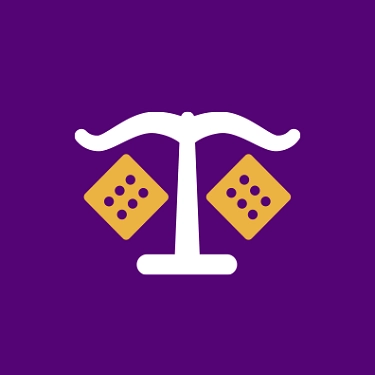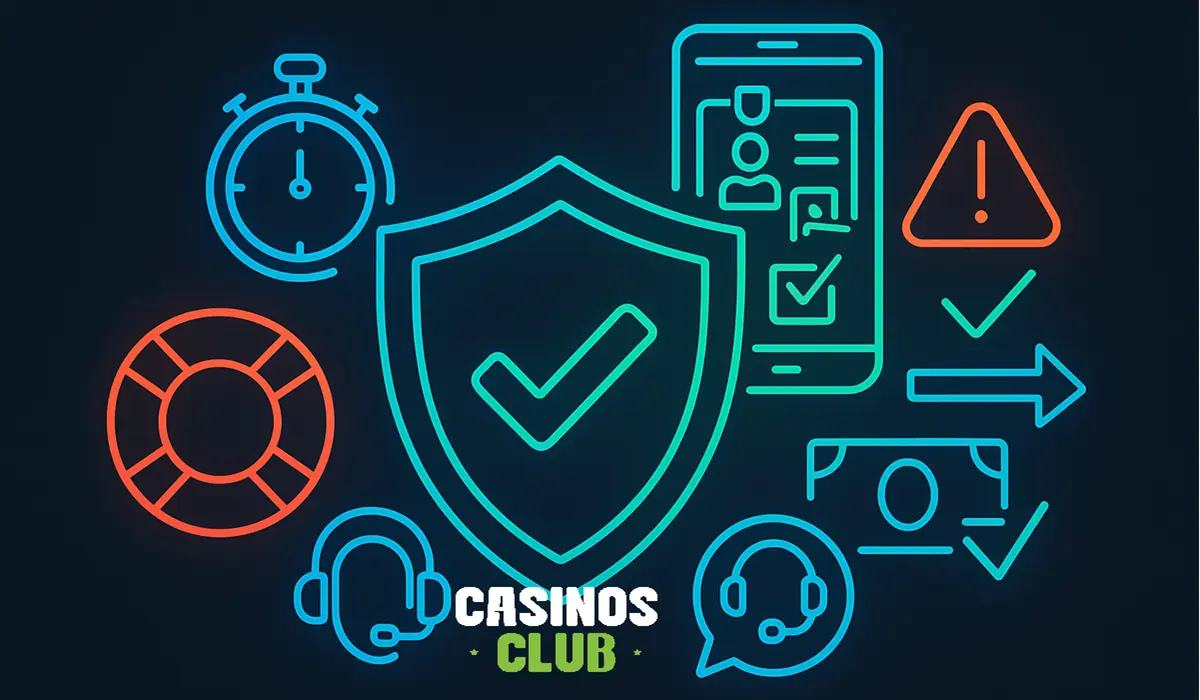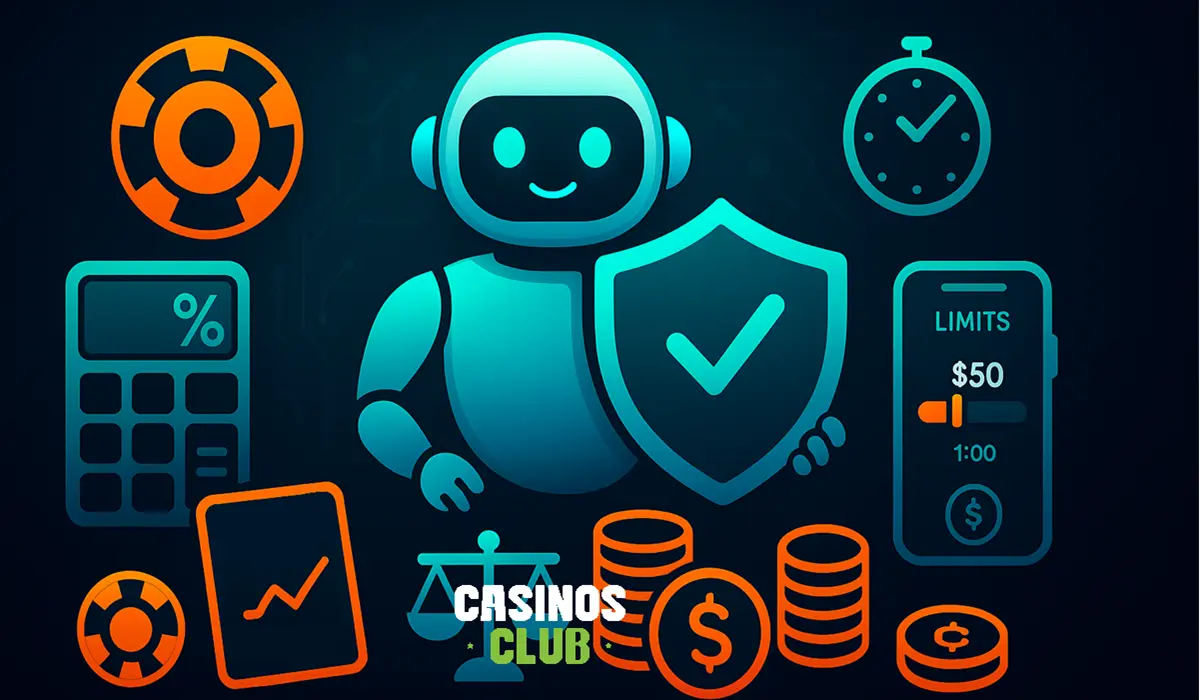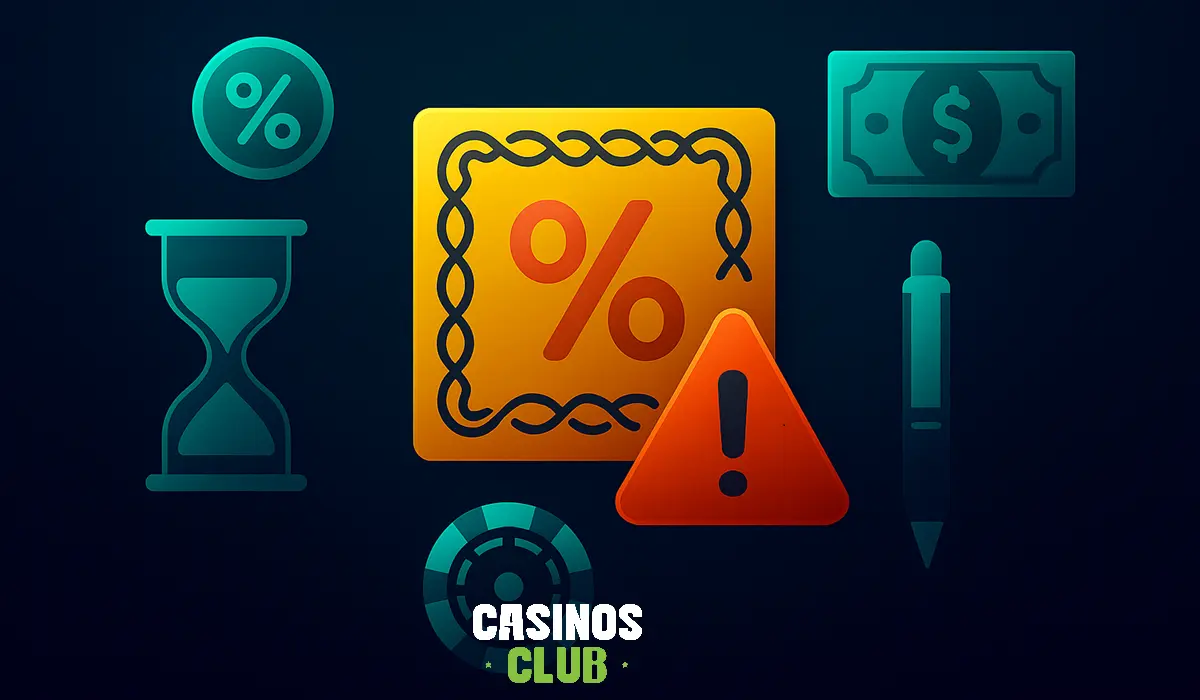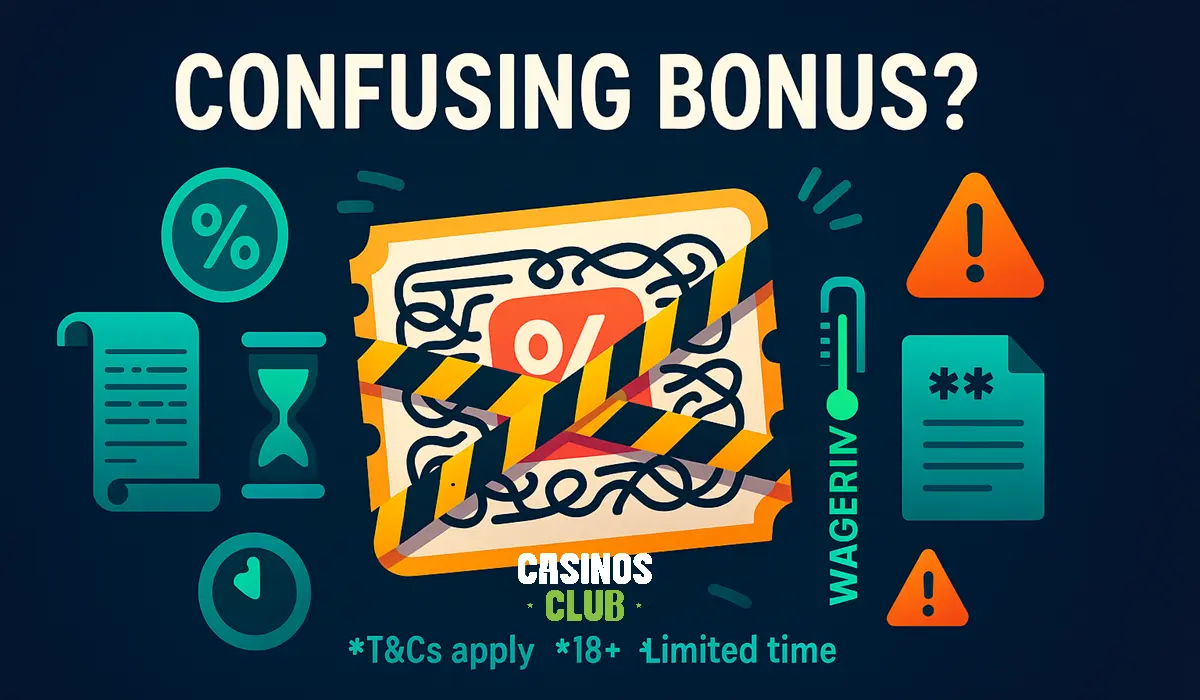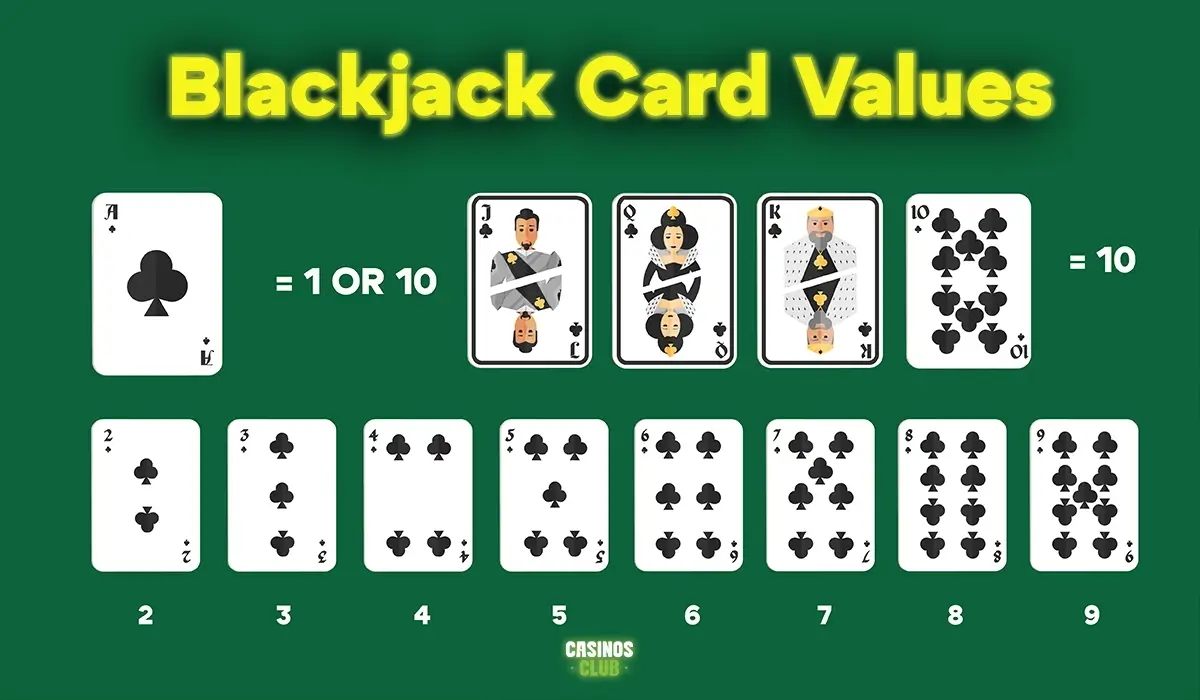
03 February 2025
Blackjack Card Values - 2️⃣1️⃣ Blackjack Hand Chart
Blackjack card values are the foundation of the game, influencing every decision, from hitting and standing to doubling down. Understanding card values in Blackjack is essential for making smart bets and improving your winning chances.
In Blackjack, every card carries a specific value:
✔ Number cards (2-10): Hold their face value.
✔ Face cards (Jack, Queen, King): Always worth 10 points.
✔ Ace: Can be 1 or 11, making it the most strategic card in the game.
Knowing Blackjack card values helps you make the right moves, reduce the house edge, and maximize your chances of getting 21 or a strong hand.
Blackjack Card Value Chart
Understanding Blackjack card values is essential for making strategic decisions. Every card in the deck has a specific value that determines how hands are played. Below is a complete Blackjack card value chart to help players quickly identify the worth of each card.
📌 Blackjack Card Values
|
Card |
Value |
|
Ace |
1 or 11 |
|
2 |
2 |
|
3 |
3 |
|
4 |
4 |
|
5 |
5 |
|
6 |
6 |
|
7 |
7 |
|
8 |
8 |
|
9 |
9 |
|
10 |
10 |
|
Jack |
10 |
|
Queen |
10 |
|
King |
10 |
How Blackjack Card Values Work
✔ Face Cards (Jack, Queen, King) – Always worth 10 points, making them powerful for reaching 21.
✔ Number Cards (2-10) – Keep their printed face value.
✔ Ace in Blackjack – Can be 1 or 11, depending on what benefits the hand most. If counting an Ace as 11 causes a bust, it automatically shifts to 1.
What Is a Blackjack Hand?
A Blackjack hand, also called a "Natural 21," is a two-card combination where an Ace pairs with a 10, Jack, Queen, or King to create a total of 21. This is the strongest possible hand in Blackjack and usually results in an instant win unless the dealer also has Blackjack, which leads to a push (tie).
Why Is a Blackjack Hand Special?
✔ Pays higher than a regular win (usually 3:2 payout).
✔ Beats all other hands except another Blackjack.
✔ Automatically wins if the dealer doesn’t also have 21.
Example of a Blackjack Hand:
- Ace + King (A+K) = 21
- Ace + 10 (A+10) = 21
- Ace + Jack (A+J) = 21
A Blackjack hand is the ultimate goal for players, as it provides the best possible odds of winning with no further action needed.
How Blackjack Card Values Work
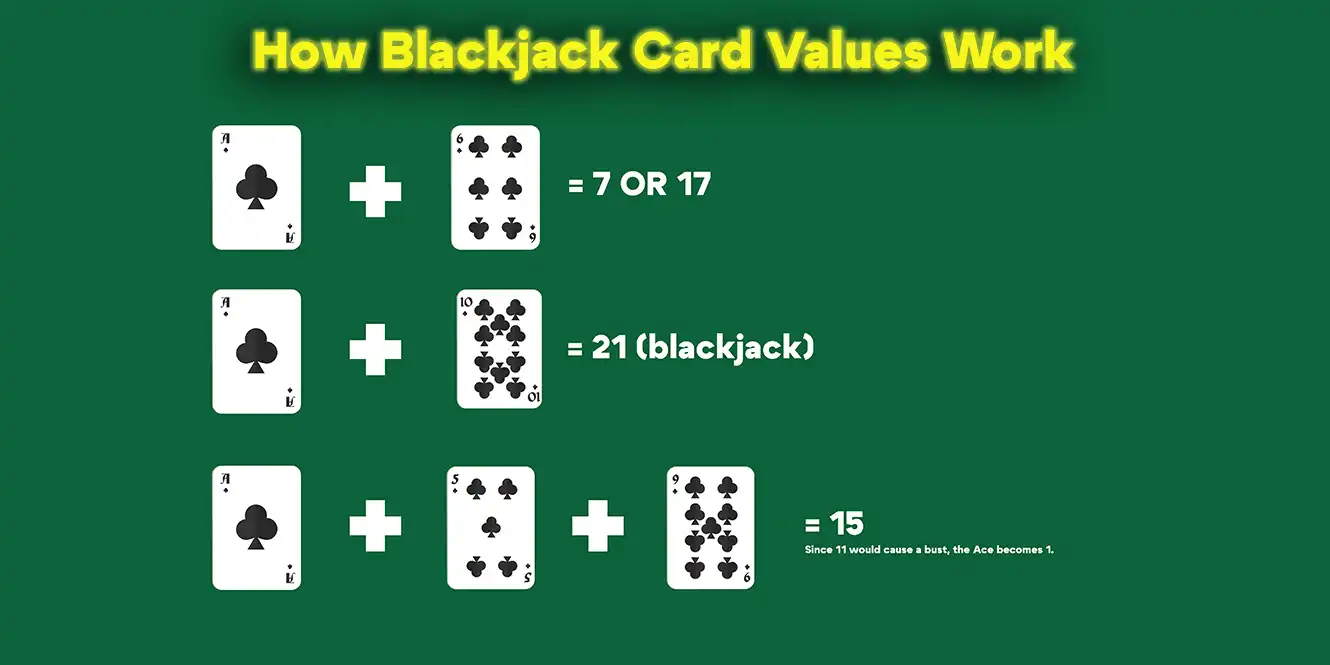
Every card in Blackjack has a set value that determines the strength of your hand. The right combination of cards can lead to a winning strategy, while the wrong move can result in a bust.
Blackjack Card Values Explained
✔ Number Cards (2-10) → Hold their face value. A 6 is worth 6 points, an 8 is worth 8, and so on.
✔ Face Cards (Jack, Queen, King) → Always valued at 10 points, making them powerful for hitting 21.
✔ Ace → The only card that can have two values, either 1 or 11, depending on what benefits the hand the most.
How Aces Change the Game
An Ace is the most flexible card in Blackjack because it can be counted as 1 or 11:
- Ace + 6 = 7 or 17 → This is a “soft” hand, meaning the Ace can switch values.
- Ace + 10 = 21 → This is a Blackjack, the strongest possible hand.
- Ace + 5 + 9 = 15 → Since 11 would cause a bust, the Ace becomes 1.
The ability to change the value of the Ace in real-time allows for strategic decision-making, making it one of the most crucial cards in the casino game.
The Role of Aces in Blackjack
The Ace is the most powerful card in Blackjack because of its ability to switch between 1 and 11. This flexibility gives players an advantage, allowing for more strategic decision-making. Aces create both soft hands and hard hands, influencing when to hit, stand, or double down.
Soft Hands vs. Hard Hands
✔ Soft Hand → Any hand with an Ace counted as 11 (e.g., Ace + 6 = 7 or 17).
✔ Hard Hand → Any hand where an Ace is counted as 1 (e.g., Ace + 6 + 10 = 17).
Soft hands give players more room to take risks because drawing another card won’t cause an immediate bust. A soft 17 (A+6) is often a good hand to hit or double down, while a hard 17 (10+7) is riskier to play aggressively.
Best Strategies for Aces
- Always split Aces when dealt a pair, as it increases the chance of landing two strong hands.
- Hit on a soft 17 unless the dealer shows a weak upcard.
- Never stand on A+2 through A+6 - these hands should be played aggressively for a better outcome.
Face Cards in Blackjack (Jack, Queen, King)
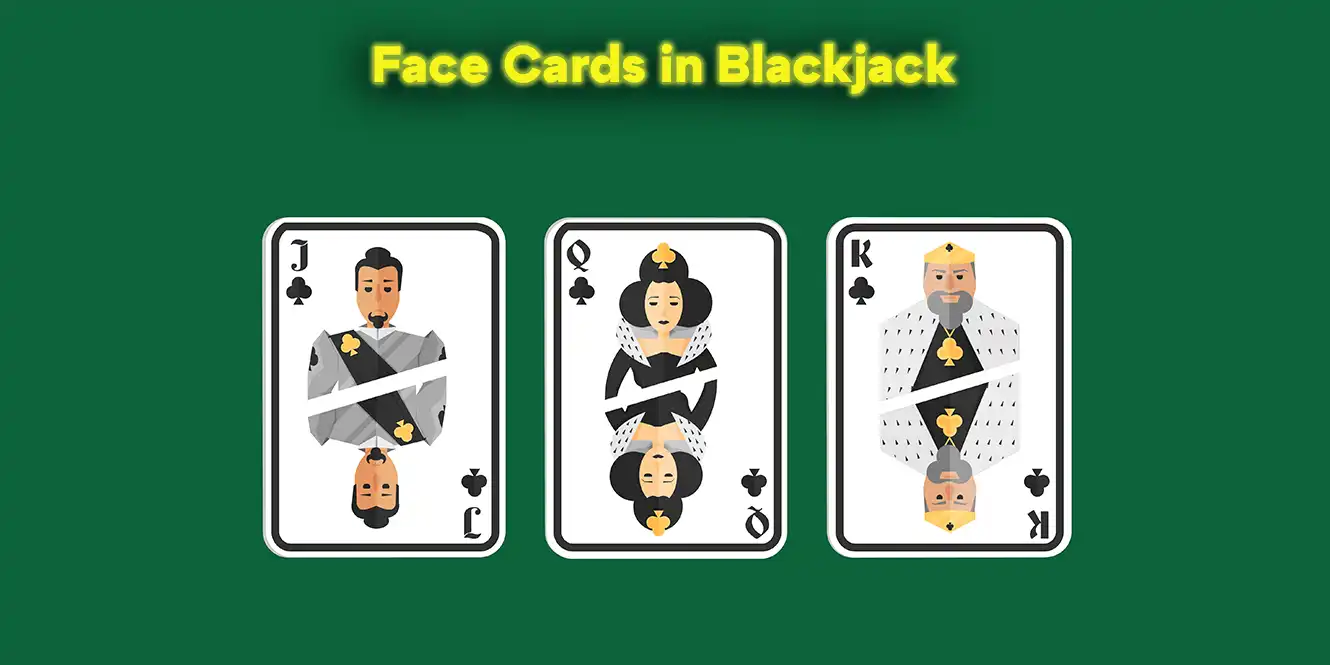
Face cards - Jack, Queen, and King - are among the most valuable in Blackjack, each worth 10 points. While they don’t offer flexibility like the Ace, they play a major role in strategy, probability, and betting decisions.
Why Face Cards Are Important
✔ Each face card is worth 10, increasing the chances of hitting 21 when paired with an Ace.
✔ A high number of 10-value cards in the deck makes it more likely for dealers and players to land strong hands.
✔ Face cards boost doubling-down opportunities since drawing a 10 after an initial strong hand can lead to a winning total.
Probability and Strategy with Face Cards
- Blackjack occurs when an Ace pairs with any face card (e.g., A+K = 21).
- A starting hand of a 10 and face card (10+J, 10+Q, 10+K) makes a strong 20, a hand that should almost always be stood on.
- Face cards increase the likelihood of a dealer bust - if the dealer has a 6 upcard, the chance of going over 21 increases due to the high number of 10-value cards.
Face cards make Blackjack hands stronger and are key to forming winning combinations. Players who understand their frequency and impact can make better strategic bets and avoid costly mistakes.
Blackjack Hand Chart & Strategy
A Blackjack hand and strategy chart helps players decide when to hit, stand, double down, or split based on the dealer’s upcard. Memorizing the correct moves based on Blackjack card values improves decision-making and reduces the house edge.
Basic Blackjack Strategy Chart
|
Your Hand |
Dealer’s Upcard |
Best Move |
|
8 or lower |
Any |
Hit |
|
9 |
3-6 |
Double Down (otherwise hit) |
|
10 |
2-9 |
Double Down (otherwise hit) |
|
11 |
2-10 |
Double Down (hit against Ace) |
|
12 |
4-6 |
Stand (otherwise hit) |
|
13-16 |
2-6 |
Stand (otherwise hit) |
|
17+ |
Any |
Stand |
|
A+2 to A+6 |
5-6 |
Double Down (otherwise hit) |
|
A+7 |
2, 7, 8 |
Stand (double against 3-6, hit against 9, 10, A) |
|
A+8, A+9 |
Any |
Stand |
|
Pair of 2s, 3s |
2-7 |
Split (otherwise hit) |
|
Pair of 4s |
5-6 |
Split (otherwise hit) |
|
Pair of 5s |
2-9 |
Double Down (otherwise hit) |
|
Pair of 6s |
2-6 |
Split (otherwise hit) |
|
Pair of 7s |
2-7 |
Split (otherwise hit) |
|
Pair of 8s |
Any |
Split |
|
Pair of 9s |
2-6, 8-9 |
Split (stand on 7, 10, A) |
|
Pair of 10s |
Any |
Stand |
How Card Values Affect Strategy
- Soft Hands (Ace counted as 11): Allows for more aggressive moves like doubling down.
- Hard Hands (No Ace or Ace counted as 1): Requires caution, especially when facing a strong dealer upcard.
- Pairs: Splitting is key to maximizing wins, especially with Aces and 8s.
Using a Blackjack hand chart ensures optimal plays and prevents costly mistakes at the table.
How Card Values Influence Blackjack Probability
Blackjack card values play a crucial role in determining the probability of winning, busting, or drawing a strong hand. Understanding the likelihood of different outcomes helps players make better strategic decisions and manage risk effectively.
Probability of Drawing Specific Card Values
With a standard 52-card deck, the probability of drawing each card type is:
✔ Number Cards (2-10): 4 of each per deck (~7.7% chance per draw).
✔ Face Cards (Jack, Queen, King): 4 of each, totaling 16 cards worth 10 (~30.8%).
✔ Ace: 4 Aces in a deck (~7.7% chance per draw).
Probability of Busting Based on Hand Total
|
Hand Total |
Bust % If You Hit |
|
11 or lower |
0% |
|
12 |
31% |
|
13 |
39% |
|
14 |
56% |
|
15 |
58% |
|
16 |
62% |
|
17+ |
69-100% |
- Hands below 11 can’t bust, making them safe to hit.
- Hands of 12-16 have moderate risk but should hit if the dealer has a strong upcard.
- 17+ is risky to hit - only do so in desperate situations.
How Blackjack Probabilities Affect Strategy
- Doubling down on 10 or 11 is a strong move since face cards are abundant.
- Standing on 16 against a weak dealer card minimizes bust risk.
- Splitting 8s and Aces increases winning chances by forming stronger hands.
Probability-based strategy helps reduce the house edge and improves long-term success in 21/3 Blackjack.
Blackjack Variants and Card Value Differences
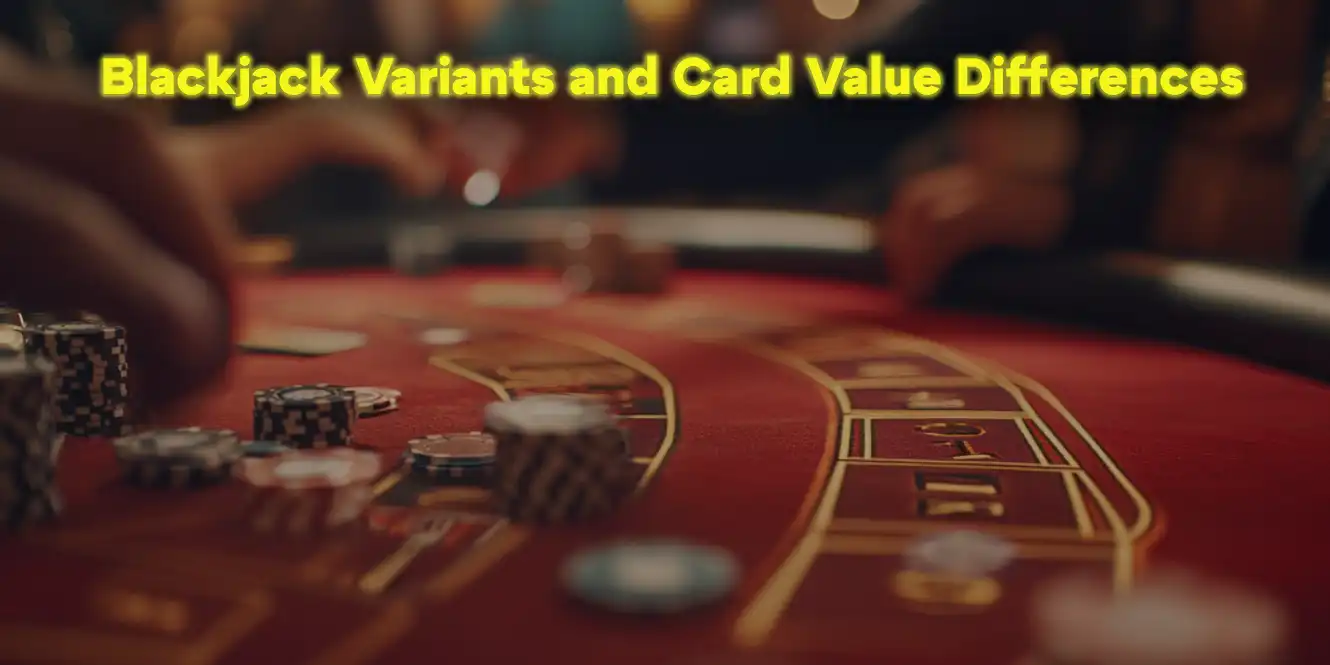
While the core Blackjack card values remain the same across most versions, different Blackjack variants introduce unique rules that can affect strategy and payouts. Knowing how these variations impact gameplay helps players make better betting decisions.
Standard Blackjack (European & American)
✔ Card values remain the same:
- Number cards (2-10) = Face value
- Face cards (J, Q, K) = 10 points
- Ace = 1 or 11
✔ Key difference: In American Blackjack, the dealer receives two cards (one face-up, one face-down) at the start, while in European Blackjack, the dealer gets only one card until all players finish their turns.
Blackjack Variants & Card Value Adjustments
|
Variant |
Key Differences |
Effect on Card Values |
|
Spanish 21 |
No 10-value cards in the deck |
Fewer 10s, harder to hit Blackjack |
|
Pontoon |
No dealer upcard, "Twist" replaces "Hit" |
Aces and face cards still valued the same |
|
Double Exposure |
Dealer’s cards are both face-up |
No change in card values, but strategy shifts |
|
Vegas Strip Blackjack |
Allows re-splitting Aces |
No effect on card values, but more flexibility |
|
Blackjack Switch |
Players can swap their two initial cards |
Face cards and Aces retain their original values |
How Rule Variations Affect Strategy
- In Spanish 21, missing 10-value cards means Blackjack is harder to hit. Players adjust by being more aggressive with doubling down.
- In Pontoon, there’s no dealer upcard, so players rely more on probability and instinct.
- Blackjack Switch allows players to swap cards, making 10-value cards even more valuable in creating strong hands.
Each Blackjack variant introduces unique twists, but mastering Blackjack card values helps players adapt and improve their winning odd
FAQs About Blackjack Card Values
What are the values of cards in Blackjack?
In Blackjack, number cards (2-10) hold their face value, face cards (Jack, Queen, King) are worth 10, and Aces can be 1 or 11 depending on the hand.
How much is an Ace worth in Blackjack?
An Ace can be counted as 1 or 11, depending on which value is more beneficial for the player. If counting an Ace as 11 causes a bust, it automatically shifts to 1.
What is the best hand in Blackjack?
The best hand in Blackjack is a "Blackjack" (Ace + any 10-value card), which usually pays 3:2.
Can you split face cards in Blackjack?
Yes, face cards (J, Q, K) can be split, but only if they are two of the same rank (e.g., Q-Q, K-K). Splitting increases winning chances in many situations.
Why are 10-value cards important in Blackjack?
There are 16 ten-value cards (10, J, Q, K) in a standard deck, making it one of the most common card values. They increase the probability of strong hands and dealer busts.
How do Blackjack card values affect probability?
Since 10-value cards make up 30.8% of the deck, they impact hitting, doubling down, and busting chances. Players often assume a 10 is the next card drawn when making decisions.
Do Blackjack card values change in different game variants?
In most Blackjack variants, card values remain the same, but some versions, like Spanish 21, remove 10-value cards, making Blackjack harder to hit.





